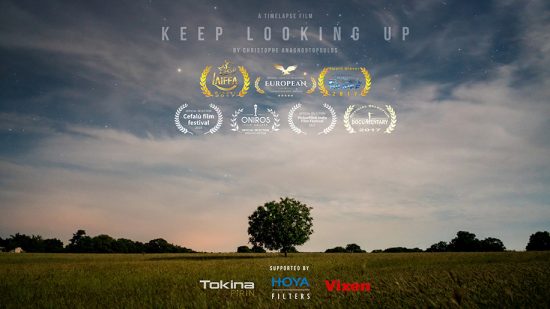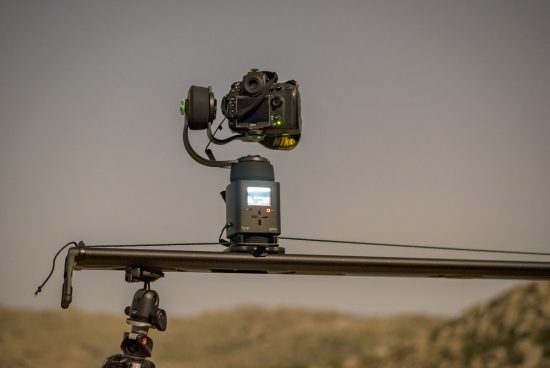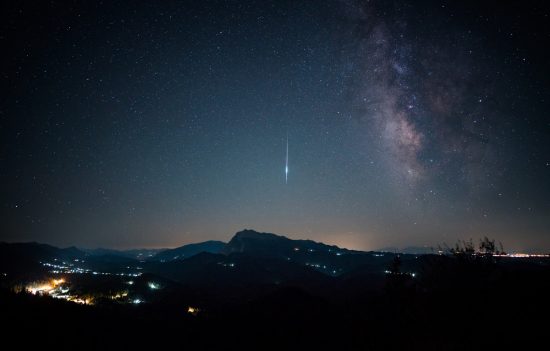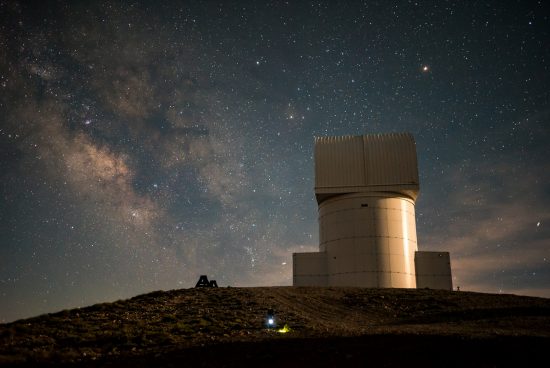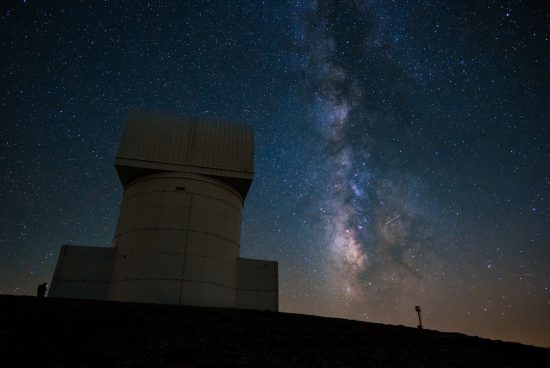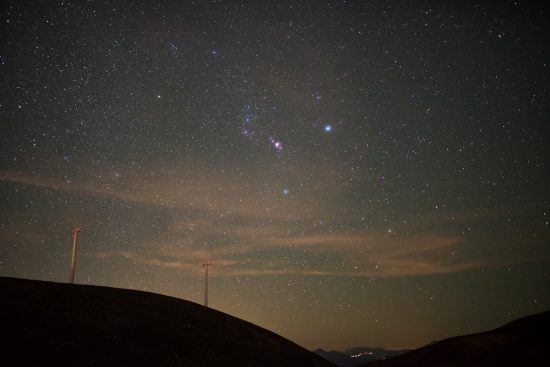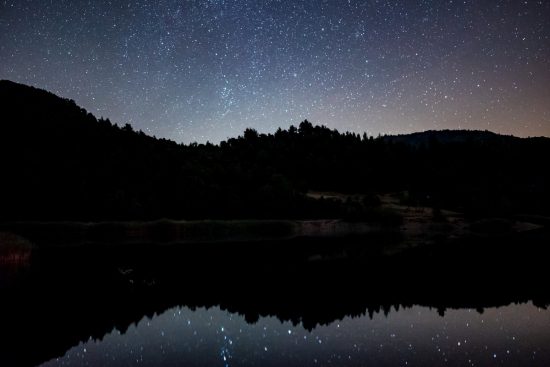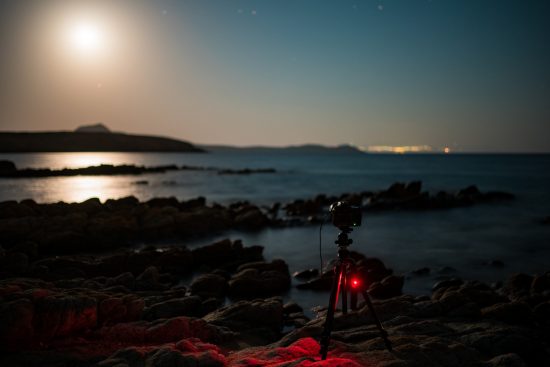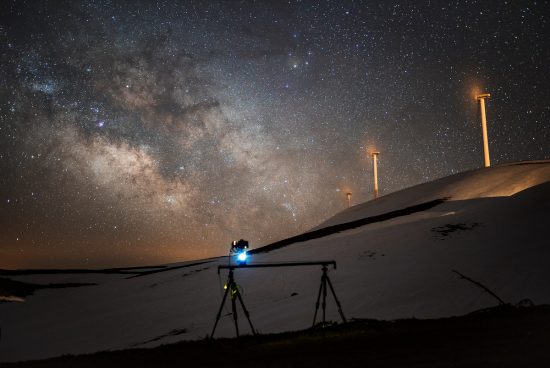Introduction
Hello dear NikonRumors readers!
My name is Christophe Anagnostopoulos and I’ve been reading Nikon Rumors everyday for a long time now!
I’m very happy to present you my first personal night sky time-lapse project named “Keep Looking Up” which I filmed for over a year using mainly Nikon cameras and lenses.
I began filming on May 2016 until September 2017 with a lot of effort, as my main job at that period was demanding in terms of time and I only had one or two days per month to film. So I had to plan everything in detail before even leaving home, so as to make the best use of the time I had in my disposal:
Locations
The filming locations were some of the darkest places in Greece and chosen carefully as I tried to split the sceneries between mountain and sea locations.
One of the most beautiful location and also one of the darkest, not only in Greece but also in Europe, and for me by far the best one to view the night sky, was the top of Helmos mountain where the big telescope “Aristarchos” is located. A difficult to approach location located at an altitude of 2460 meters, with constantly changing weather conditions, from clear skies to wall-thick fog in only a few minutes, but when the weather is clear, the stars and the Milky Way Galaxy core are shining with all their glory!
Scouting and planning of the filming locations was done from my office using tools like Google Earth and Stellarium, although for some tricky scenes I used Photopills to accurately achieve the result I wanted.
For the last scene of the film, the night to day sequence, which I filmed for more than 5 hours at the snowy peak of Panachaiko mountain at an altitude of 1700 meters and a temperature of -3C, I also used the QDSLRDashboard application on my tablet to be able to change the exposure levels as needed while transitioning from the clear night sky to the shiny sunrise at the end of the scene.
Gear
The main camera I used for the project was a Nikon D800. Actually I had two of them along with a Nikon D750. I still use the D800 with great results, despite being “old” and even after buying the amazing Nikon D850 which now is my workhorse for astro and landscape photography.
The main wide angle lens used most on the project was the Nikon 20mm F1.8G, which for me is an amazing lens for astrophotography. The focal length of 20mm is in my opinion the best for this type of photography, being as wide as must be, and with the big aperture this lens can capture more light while not blowing the ISO levels very high, because the old but trusty D800 becomes very noisy even from ISO 1600. It is also very light and portable, and one other great feature is that it takes 77mm filters, like the Hoya RA54 Red Enhancer filter , which I used for all my scenes to decrease light pollution levels.
The second main lens I used was the Sigma 35mm F1.4 Art which also is a great, although the coma it produces in the corners is very visible when using it wide open. Still provides a very pleasing perspective on nightscapes and especially when capturing the Milky Way core, as it seems “bigger” to the viewer.
Other camera gear I used was two Sony cameras (A7s and A7R2) and lenses like the Tokina Firin 20mm, Nikon 24mm F1.8G, Sony 28mm, Canon 55mm F1.2 and Nikon 85mm F1.8G.
For motion control I used the Syrp Genie 3-axis system and a lot of sturdy tripods to support the system. In some cases I also used a star tracker, the Vixen Polarie, and to fight the gathering of moisture in the front element of the lenses, I used dew heaters from Vixen.
Ending Thoughts
I’m not perfect and some things were out of my control, for example the weather conditions, which had as a result a lot of scenes to be lost especially in the beginning.
Of course I also made mistakes but I tried hard and I enjoyed the whole journey, and the most important, I Kept Looking Up !
Awards
– Winner Best Experimental/Travel/Timelapse Short Los Angeles Independent Film Festival Awards
– Winner Best Nature/Travel European Cinematography Awards
– Award of Recognition Hollywood International Moving Pictures Film Festival
– Official Selection Pickurflick Indie Festival
– Official Selection Holywood International Independent Documentary Awards
– Official Selection Oniros Film Awards
– Official Selection Cefalu Film Festival
About the Author
Christophe Anagnostopoulos, a Global Ambassador of Tokina and Hoya, is a photographer based in Antiparos, a small island in the Aegean Sea, Greece.
You can see more of his work in the links below:
Website | Facebook | Instagram | Vimeo | Flickr | Twitter | Google+
If you have an interesting idea for a guest post, you can contact me here.
